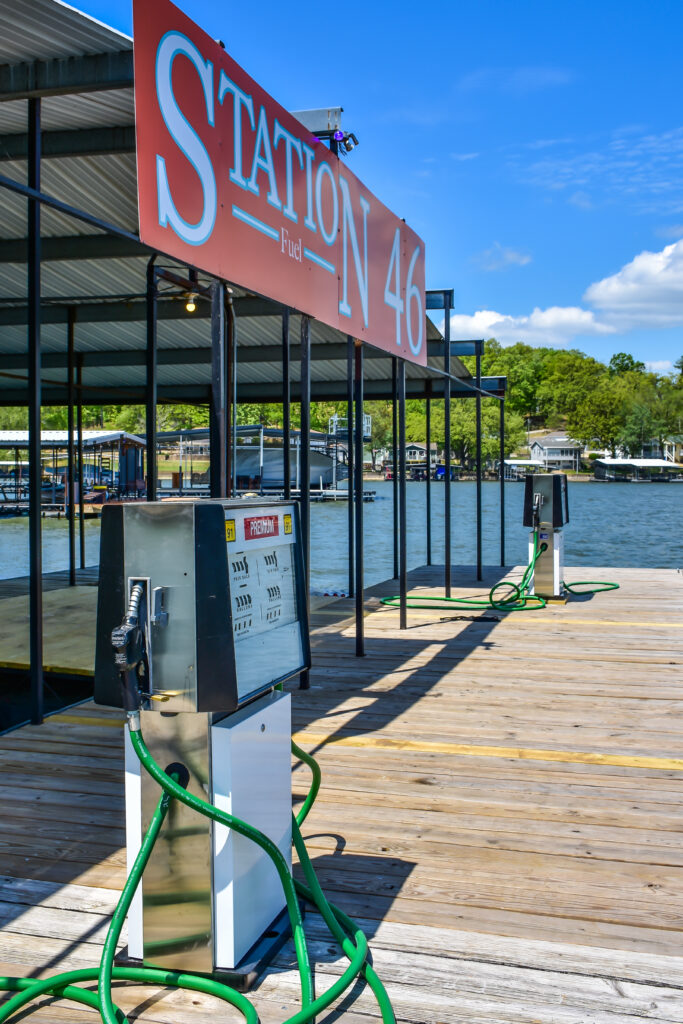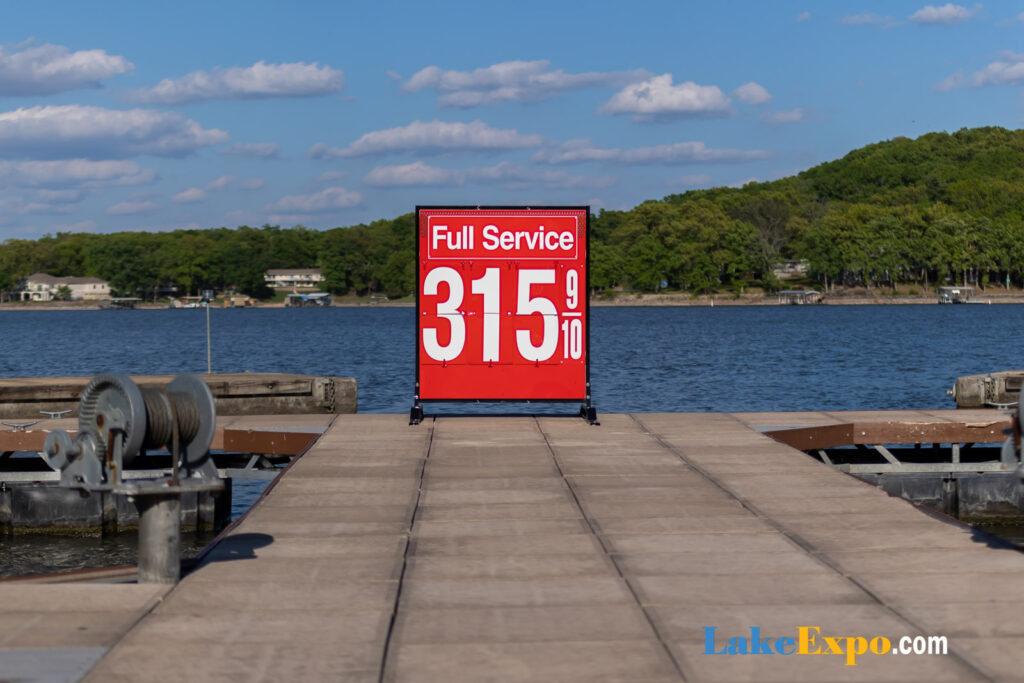
Photo courtesy of Lake Shots Photography
Boat explosions after refueling happen every summer on Lake of the Ozarks. Here’s a guide for refueling safely.
by Scott “Sky” Smith, republished courtesy of LakeExpo.com
Safe boat refueling isn’t a no-brainer: boaters have to consider what’s unseen and take preventative action. Some boaters don’t give much thought to refueling, but that can lead to basic mistakes with serious consequences for their personal safety and the boat. Watch the news: it happens every summer. Often the trick is in knowing what’s unseen: fuel vapors
At the end of this article, you can find a Boat Refueling Checklist, but before you skip to that, it’s important to understand your boat and fuel system. Any inboard gasoline engine will require a blower system to help vent those volatile fumes, and a spark arrestor to reduce flames in the event of a back-fire. Fuel injection and electronic ignitions have helped reduce the risk, but it is still present.

Photo courtesy of Brad Glidewell
That blower system is key… but it won’t work if the opening is clogged! Make sure the open end of the blower hose in the bilge is clear. It’s amazing how many boats I have seen where the hose was blocked by leaves, ropes, life jackets, rags…you get the idea. If the blower can’t carry out the fumes, it really doesn’t matter if you use it.
There’s more to this story! Click to create a free account or sign in keep reading.
